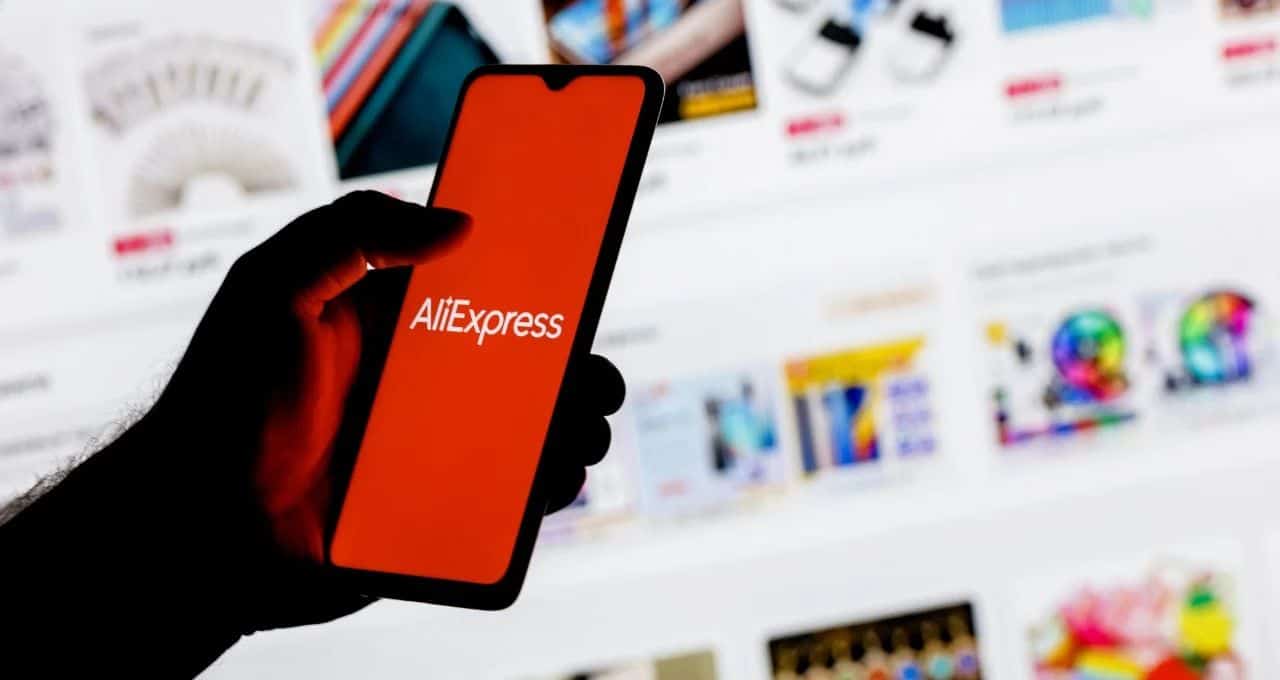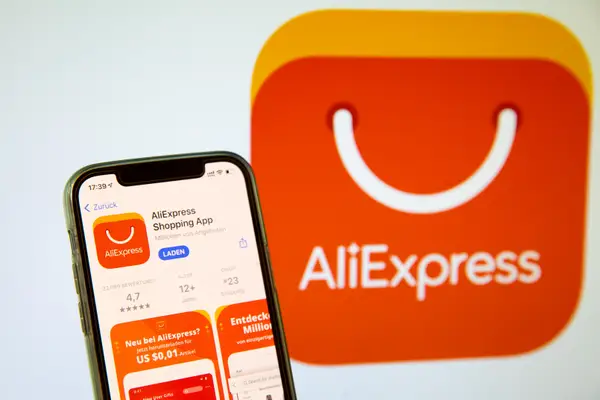Can I get price protection if an item goes on sale after I buy it?

Can I Get Price Protection If an Item Goes on Sale After I Buy It?
Shopping can be a thrilling experience, especially when you find the perfect item at an appealing price. But what happens if, just after purchasing, you discover that the same item is now on sale for less? Many consumers wonder about price protection and whether they can take advantage of it. In this article, we’ll dive into what price protection is, how it works, and what you need to know to potentially save money after your purchase.
Understanding Price Protection
Price protection is a policy offered by some retailers that allows customers to receive a refund or credit if the price of an item drops shortly after they purchase it. This practice is designed to build customer loyalty, rewarding consumers for shopping with them even when prices fluctuate.
How Does Price Protection Work?
Typically, price protection policies allow customers to claim a refund or credit for the difference if the item they bought goes on sale within a specified period. This time frame can vary significantly from retailer to retailer, ranging from as little as 7 days to as long as 30 days or more.
- Eligibility: Check if the item is eligible for price protection, as certain items may be excluded.
- Period: Understand the timeframe during which a price drop qualifies for protection.
- Documentation: Be prepared to show proof of purchase and the current price to receive a credit or refund.
Which Retailers Offer Price Protection?
Not all retailers provide price protection, but many major stores do have some form of this policy. It’s essential to know which retailers offer it to maximize your shopping experience. Here are some common types of retailers that may offer price protection:
- Electronics Stores: Retailers like Best Buy often provide price matching guarantees that may include price protection.
- Department Stores: Chains such as Macy’s have been known to offer price adjustments for a limited time.
- Online Marketplaces: Websites like Amazon sometimes match prices for a short period after purchase.
- Home Goods Stores: Retailers such as Home Depot may offer price adjustment policies for their products.
How to Check If a Product is Eligible for Price Protection
Before making a purchase, inquire about the retailer’s price protection policy. Here’s how you can find out:
- Visit the Store’s Website: Most retailers will have their price adjustment policy available on their website, often found in the customer service or FAQ sections.
- Ask Customer Service: When in doubt, just ask a sales associate about the policy before making your purchase to avoid surprises later on.
Steps to Claim Price Protection
If you find yourself in the situation where an item you purchased goes on sale, follow these steps to claim price protection:
- Check the Policy: Refer to the retailer’s specific price protection policy for details on eligibility and the timeframe for price drops.
- Gather Documentation: Collect your receipt along with any promotional materials that indicate the lower price.
- Contact Customer Service: Reach out to the retailer’s customer service via phone, chat, or in person to initiate a price adjustment.
- Provide Proof: Submit the required documentation and clearly express your request for a refund or credit based on the price drop.
Tips for Maximizing Your Price Protection Benefits
To make the most of price protection policies, consider these tips:
- Keep Receipts: Always hold onto your receipts and confirmation emails until the price protection period has passed.
- Subscribe for Alerts: Many retailers offer newsletters and alerts for sales. By signing up, you can stay informed about prices after your purchase.
- Use Apps: Consider using apps and extensions that track price changes to monitor the products you’ve bought.
Common Misconceptions About Price Protection
Several myths surround price protection that can cause confusion among consumers. Here are some common misconceptions:
- It’s Always Available: Not all retailers provide price protection, and those that do may have exclusions.
- Only During Major Sales: Some believe price protection only applies during major sales events, but it can occur at any time.
- Not Worth the Effort: Consumers often underestimate the potential savings from claiming price adjustments.
Alternatives to Price Protection Policies
If your favorite retailer does not offer price protection, consider these alternatives:
- Price Matching: Some retailers will match competitors’ prices on identical items, which can lead to better deals.
- Credit Card Protections: Certain credit cards offer price protection features that refund the price difference if an item drops in price.
- Return Policies: Many retailers allow returns, so if a price drop occurs, you may be able to return the item and repurchase it at the lower price.
Conclusion
Understanding price protection can save you money and enhance your shopping experience. By knowing how to navigate these policies and which retailers offer them, you can take advantage of potential price adjustments and ensure you maximize your hard-earned money. Remember to keep an eye on prices even after your purchase, as taking the extra step can lead to significant savings.

LINK:
When you buy an item, it can be disheartening to see it go on sale shortly after your purchase. Price protection is a common concern for savvy shoppers. Many retailers offer policies that may allow you to receive a refund or credit if an item you’ve purchased is later discounted. Understanding these policies is key to ensuring you’re getting the best deal possible and feeling satisfied with your purchases. By knowing your rights and the specific terms of price protection, you can be a more informed consumer, making educated choices that can save you money in the long run.
FAQ
1. What is price protection?
Price protection is a policy that allows consumers to receive a refund or credit if the price of an item they’ve purchased drops within a specific timeframe. This is meant to ensure that customers are not left at a loss due to sudden discounts.
2. Which retailers offer price protection?
Many large retailers, such as Best Buy and Walmart, have price protection policies. However, the specifics can vary, so it’s crucial to check the individual retailer’s policy before making a purchase.
3. How long do I have to request price protection?
Typically, you have a limited window to request price protection, often ranging from 14 to 30 days after your initial purchase. It’s essential to act quickly and keep your receipt.
4. Do I need to return the item to get price protection?
No, in most cases, you do not need to return the item. Instead, you just need to contact customer service with your proof of purchase to initiate the price adjustment process.
5. Are there any exclusions to price protection policies?
Yes, many retailers have exclusions, such as clearance items or limited-time promotions, which may not be eligible for price protection. Always check the specifics of the policy for details.
Conclusion
Understanding price protection can greatly enhance your shopping experiences. By knowing if your retailer offers such a policy, you can save money and feel secure in your purchases. Ensure you keep your receipts and are aware of the time frames involved, allowing you to take full advantage of price drops. Equip yourself with this knowledge for smarter shopping decisions, and don’t hesitate to take action if you see your item on sale shortly after purchase. This proactive approach can lead to significant savings and greater satisfaction.


